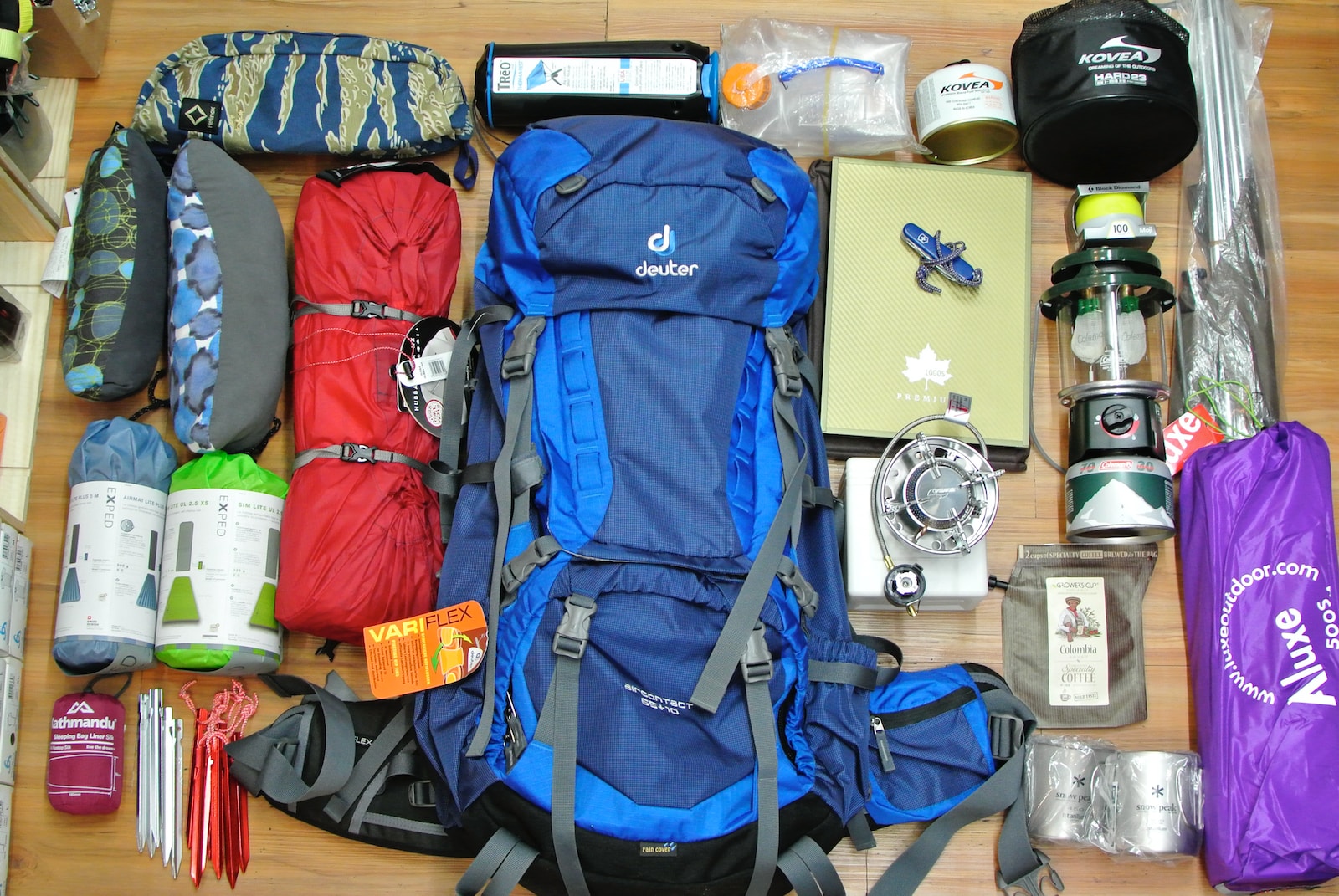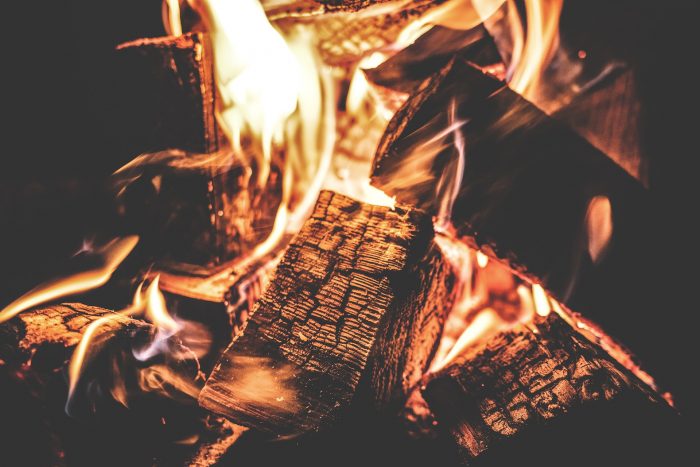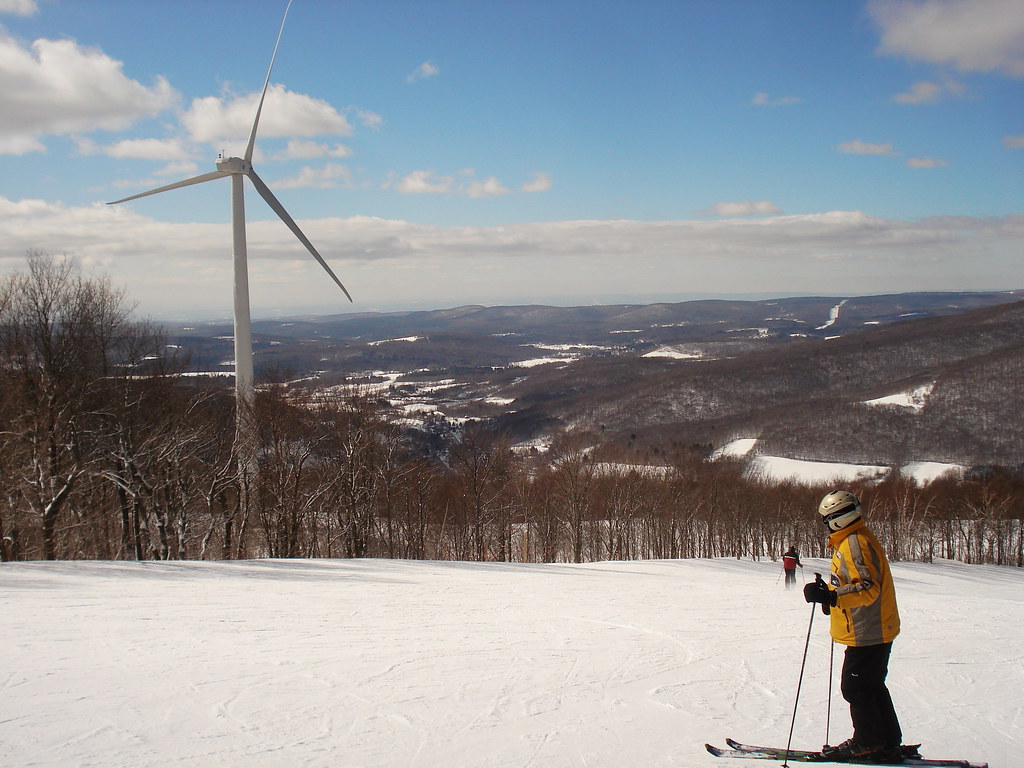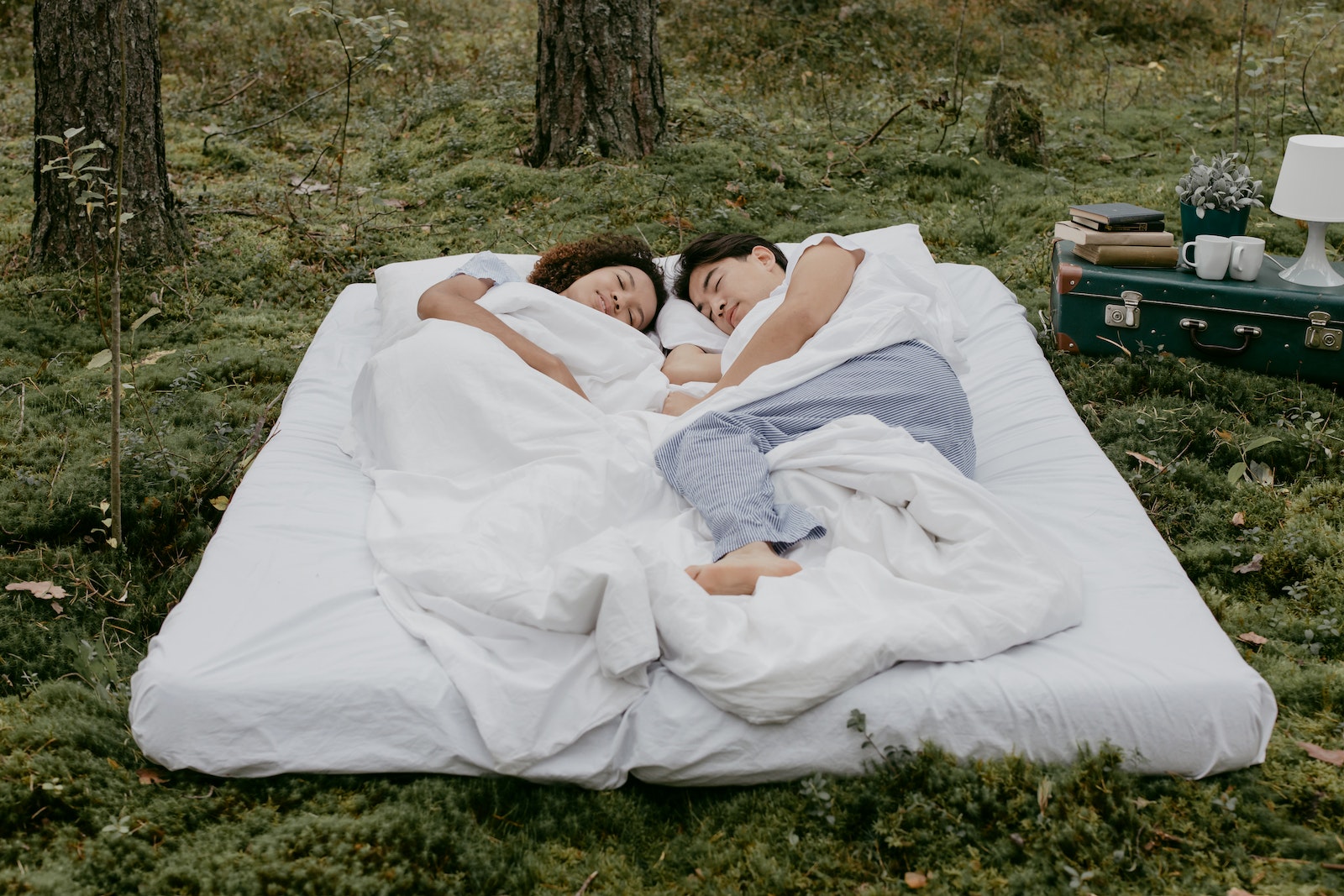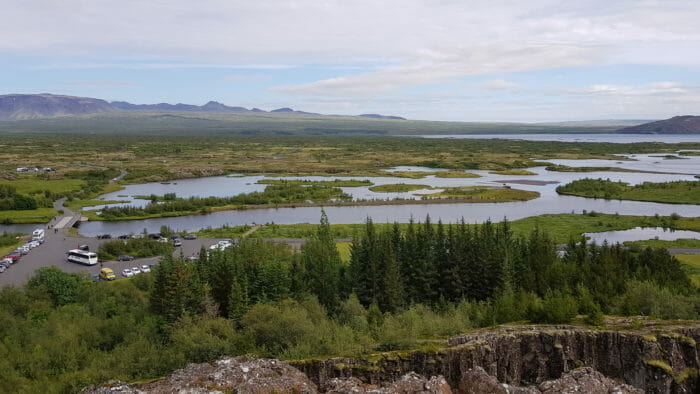Key Takeaways
| Aspect | Detail |
|---|---|
| Importance | Selecting the right sleeping bag is crucial for comfort and safety |
| Types | Understanding different types of sleeping bags for varying conditions |
| Features | Key features to consider: temperature rating, shape, insulation type |
| Personal Considerations | Tailoring the choice to individual needs and preferences |
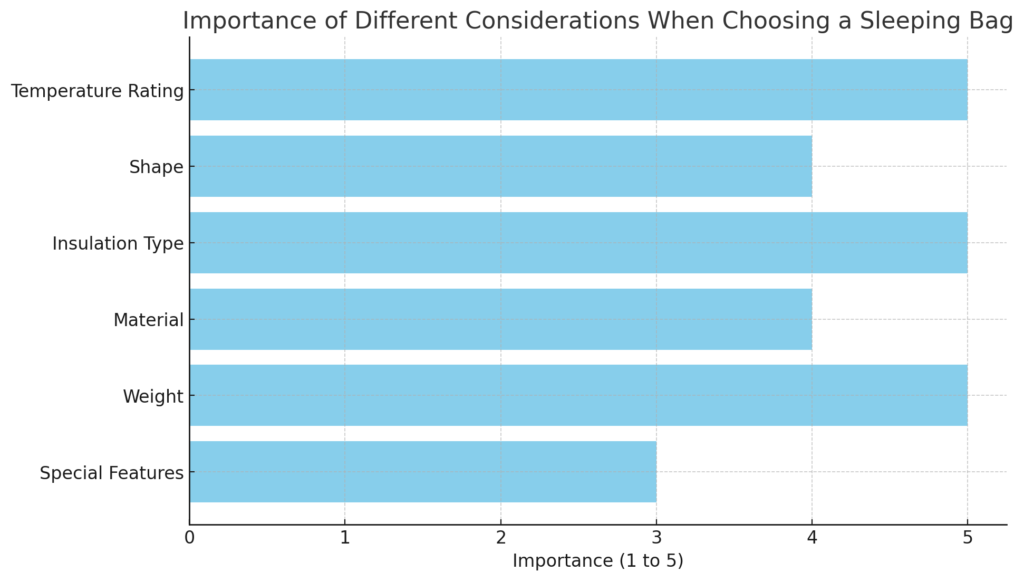
Camping and hiking are adventures that offer an escape into the natural world, but to fully enjoy these experiences, having the right gear is essential. Among the most important pieces of equipment is your sleeping bag, a companion that ensures a comfortable and safe night’s sleep under the stars. This guide delves into the critical aspects of selecting a suitable sleeping bag for your outdoor adventures.
Understanding Sleeping Bag Types
Different outdoor activities and environments require distinct types of sleeping bags. Whether you’re planning a summer hike, a winter camping trip, or an alpine expedition, there’s a sleeping bag designed for each scenario.
- Summer Sleeping Bags: Lightweight and compact, these bags are ideal for warm weather and are typically rated for temperatures above 35°F (2°C).
- Three-Season Sleeping Bags: Versatile and suitable for spring through fall, they cater to temperatures ranging from 10°F to 35°F (-12°C to 2°C).
- Winter Sleeping Bags: Designed for cold weather, these bags are essential for temperatures below 10°F (-12°C), especially for those who enjoy the allure of winter camping.
Key Features to Consider
When selecting a sleeping bag, there are several important features to consider:
- Temperature Rating: This indicates the lowest temperature at which the bag will keep you warm. Always choose a bag rated a bit lower than the coldest temperature you expect to encounter.
- Shape: Sleeping bags come in different shapes like rectangular, mummy, or semi-rectangular. Mummy-shaped bags are more efficient in retaining heat and are preferred for colder conditions.
- Insulation Type: Two primary types are down and synthetic. Down insulation is lighter and more compressible but less effective when wet. Synthetic insulation is bulkier but performs better in damp conditions.
Tailoring to Individual Needs
Your sleeping bag choice should be tailored to your specific needs. Consider your body size, personal comfort preferences, and whether you tend to sleep hot or cold. Also, factor in the type of camping or hiking you’ll be doing. Will you be backpacking, where weight is a concern, or car camping where you can afford to carry a little extra bulk for comfort?
For more insights into the essentials for a successful outdoor adventure, including choosing the right gear, check out Camping Preparation and Essentials.
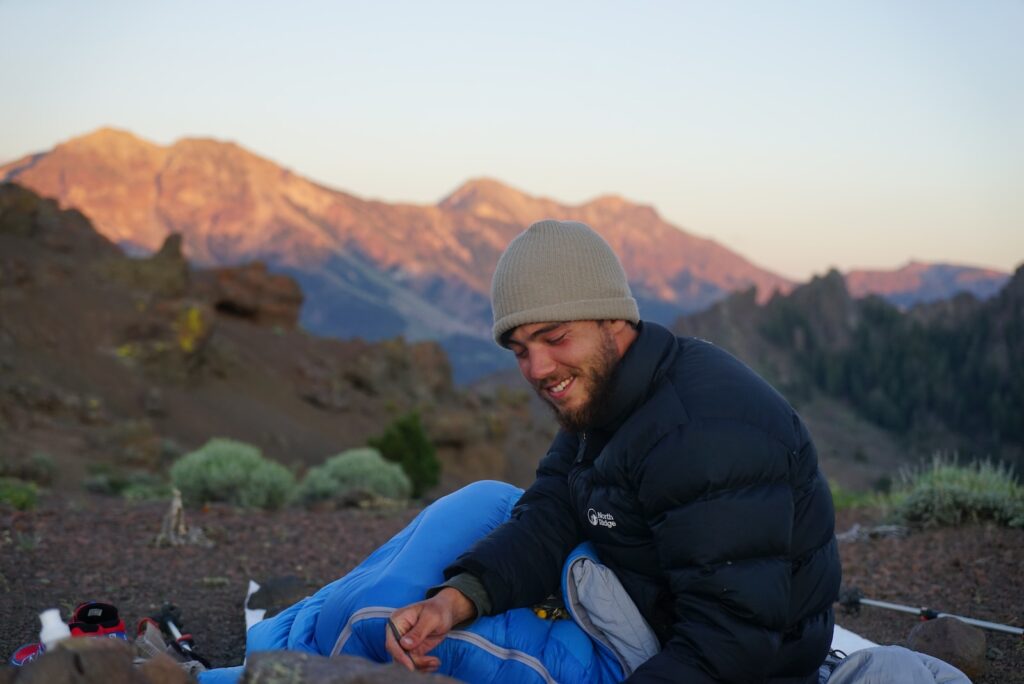
Additional Considerations for the Perfect Sleeping Bag
Material and Durability
The material of your sleeping bag not only affects its comfort and durability but also its suitability for different weather conditions. A ripstop nylon or polyester shell is common, offering a balance between durability and weight. Water-resistant coatings are a plus, especially for damp conditions. Pay attention to the bag’s lining material as well for added comfort.
Weight and Compressibility
For hikers and backpackers, every ounce matters. A lightweight and compressible sleeping bag is key for ease of transport. Down-filled bags typically offer the best weight-to-warmth ratio and are highly compressible, making them a favorite among backpackers. Synthetic bags, while heavier, can be a more affordable option and retain heat better when wet.
Additional Features
- Hood: A hooded sleeping bag can significantly increase warmth, especially in colder environments.
- Draft Collars: These help to prevent heat loss around the neck and shoulders.
- Zippers: Look for bags with durable, snag-free zippers and the ability to mate with another bag for shared sleeping.
Specialized Sleeping Bags
Some sleeping bags cater to specific needs, such as:
- Women-Specific Bags: These are designed to match women’s body shapes and often have extra insulation in the foot and torso areas.
- Eco-Friendly Options: For environmentally conscious campers, bags made with sustainable materials and ethical down sourcing are available.
To dive deeper into various camping styles and gear options, explore The Ultimate Guide: Camping Essentials for Your Next Outdoor Adventure.
Where to Find the Right Sleeping Bag
Choosing where to purchase your sleeping bag can be as important as the bag itself. Local outdoor stores offer the advantage of being able to feel and test different bags. However, online retailers often provide a broader range of options and customer reviews that can be invaluable in making a decision.
For those interested in a more luxurious camping experience, such as glamping, where the right sleeping bag can add a touch of comfort to the wild, visit Unforgettable Glamping: Luxury Meets Wilderness for Family Bonding.
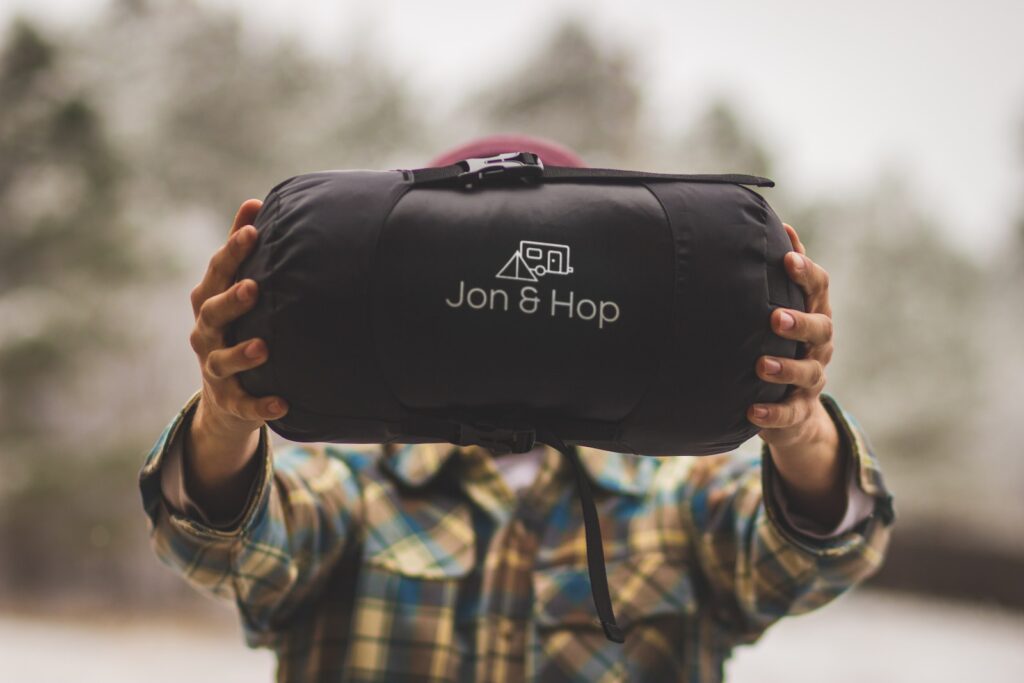
Final Considerations and Tips for Your Ideal Sleeping Bag
Seasonal Adjustments
Your sleeping bag choice should evolve with the seasons. For instance, in summer, a lighter bag with good ventilation is preferable, while in colder months, a bag with higher insulation and a draft collar is essential. For those who camp in various conditions, consider having a different bag for each season.
Care and Maintenance
Proper care extends the life of your sleeping bag. Always follow the manufacturer’s cleaning instructions. Generally, down bags require special cleaning agents and should be air-dried, while synthetic bags are more forgiving but may still benefit from gentle washing.
Price vs. Quality
While budget is a significant factor, investing in a high-quality sleeping bag can be a cost-effective decision in the long run. Higher-priced bags often offer better insulation, durability, and comfort. However, for occasional campers or those new to outdoor activities, there are many affordable options that don’t compromise significantly on quality.
Renting Options
For those who camp infrequently or are trying out camping for the first time, renting a sleeping bag is a great option. This allows you to test different types and find what works best for you without committing to a purchase.
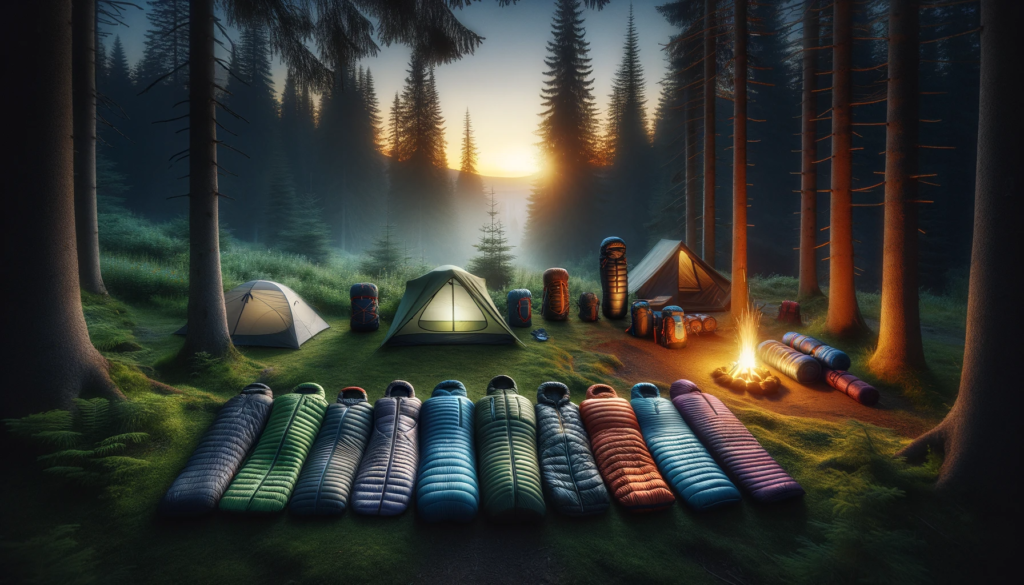
Final Thoughts
Selecting the right sleeping bag is a critical step in ensuring a comfortable, safe, and enjoyable outdoor experience. By considering the factors mentioned above, you can find a bag that perfectly matches your camping and hiking needs. Remember, the right sleeping bag can transform a good outdoor adventure into a great one.
For more tips on hiking preparations and choosing the right equipment, explore Going Hiking: Have You Got the Right Equipment Packed?.


